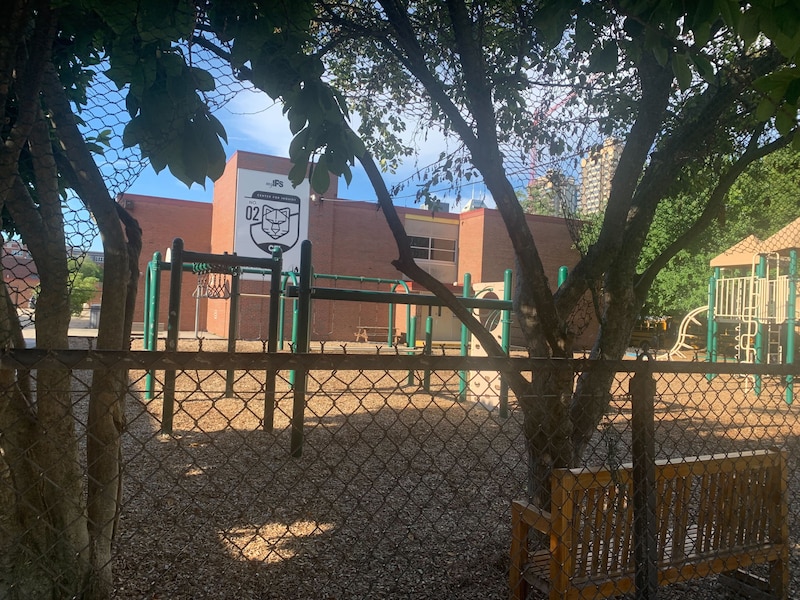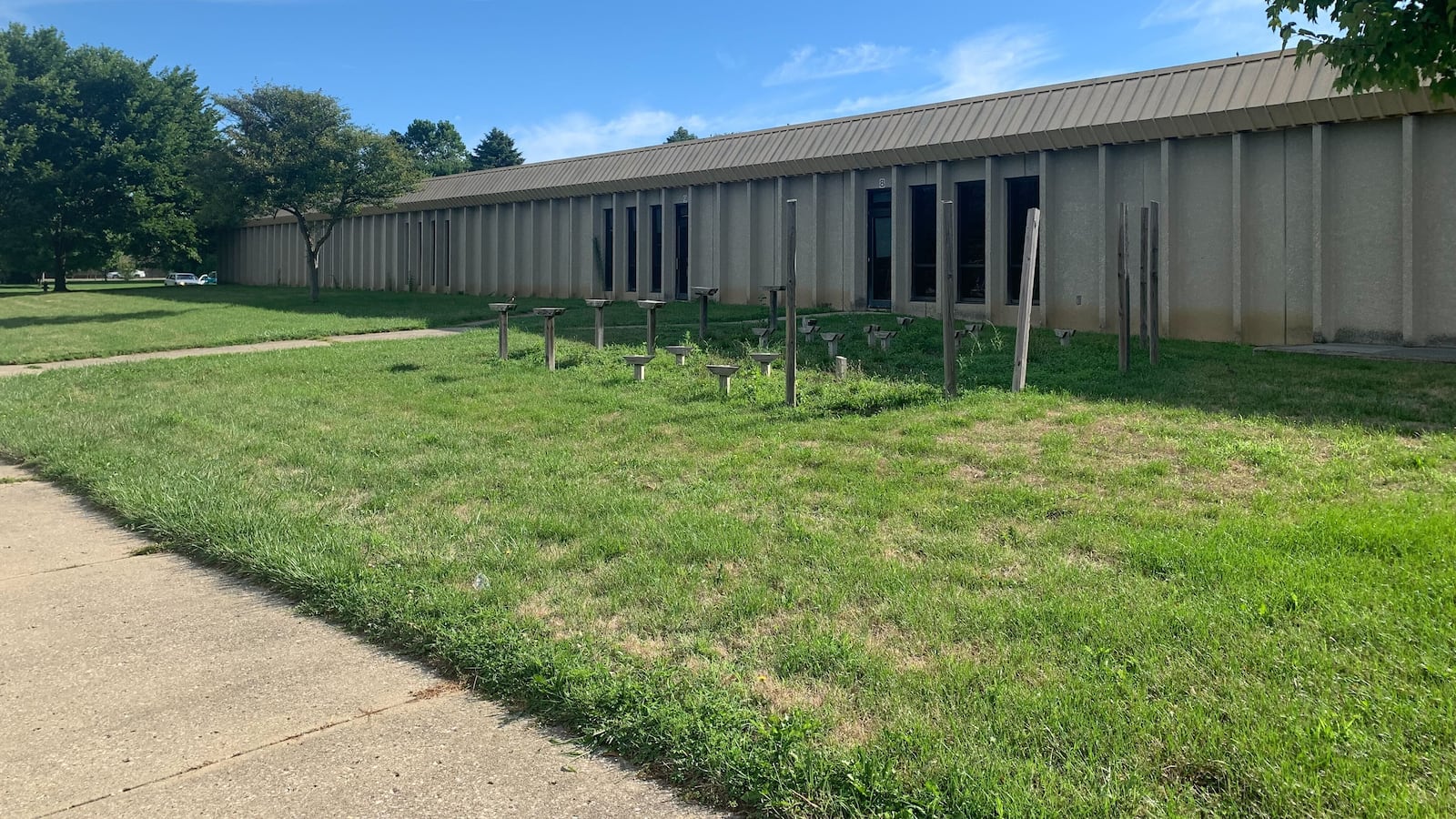A neighborhood elementary school from 1973 operating at just one third of its capacity. A popular school built in 1958 and bursting at the seams with students.
The fate of these school buildings and more than 65 others in the Indianapolis Public Schools system may be determined in the coming weeks, as the district grapples with declining enrollment in its traditional neighborhood schools.
Closing and consolidating schools, one of several possible responses to the district’s financial challenges, could depend heavily on a facilities report examining each school’s condition and usage. The potential solution is one of several outlined in the district’s Rebuilding Stronger initiative – a broader effort to reorganize IPS as its students flock to charter and choice schools.
An IPS spokesman declined to make its full facilities report available to Chalkbeat. It is unclear if or when the district will release the full report. The district has been tight-lipped in general about how it will consider closing or consolidating schools.
“We’re considering a variety of factors when addressing potential components in the Rebuilding Stronger initiative as we work to finalize a draft plan,” IPS spokesman Marc Ransford said in an email.
The IPS school board is scheduled to meet Tuesday to discuss the consolidation of schools, although that discussion won’t be open to the public.
However, data the district has previously publicized show that many of the most underutilized buildings are elementary schools, which primarily serve grades K-6 or K-8.
In the district’s publicized facility data, each building was given a composite score from 0 to 100 to provide insight into its overall quality.
Buildings rated 90 or above are considered new or like new, while buildings between 80 and 89 are in good condition. Schools ranked in the 70s are considered fair, while those in the 60s are in poor condition.
Closing some schools and consolidating them with others would align with another possible solution outlined in the Rebuilding Stronger initiative: breaking up K-8 schools into smaller ones that separately serve grades K-5 and 6-8.
But the available data creates a potentially tricky balancing act for the district – some schools are overpopulated and in poor condition, while others are mostly empty but in relatively good shape.
For example, the Center for Inquiry School 2 near the downtown Chatham-Arch neighborhood, operated at 108% of its capacity last school year. But the choice school is in a 1958 building rated in poor condition at 66.
Northwest Middle School, a neighborhood school serving grades 7-8, used only 35% of its capacity last school year, but received a “good” building rating of 81.

Some schools, such as Paul Miller Elementary School, have low numbers in both categories. With just 230 students out of a total capacity of 684, the school operated at 34% capacity last year in a building rated at 60, the lowest of the “poor condition” category.
IPS declined to make principals available to Chalkbeat for interviews about conditions at their schools.
District officials have said it would take $466 million to bring all district-owned buildings to a condition of “good” or better.
The district expects to publicize a final reorganization plan with changes in programs, facilities, and academics in September, which the school board will vote on in October.
Amelia Pak-Harvey covers Indianapolis and Marion County schools for Chalkbeat Indiana. Contact Amelia at apak-harvey@chalkbeat.org.

